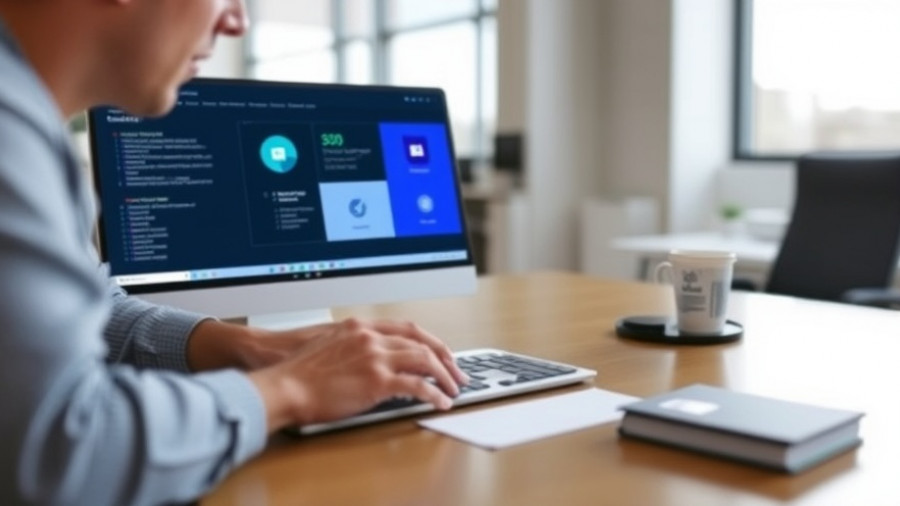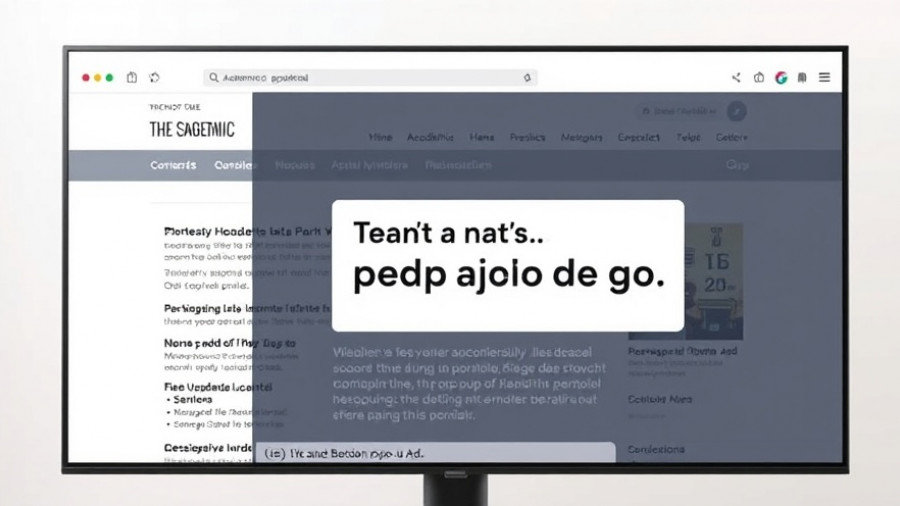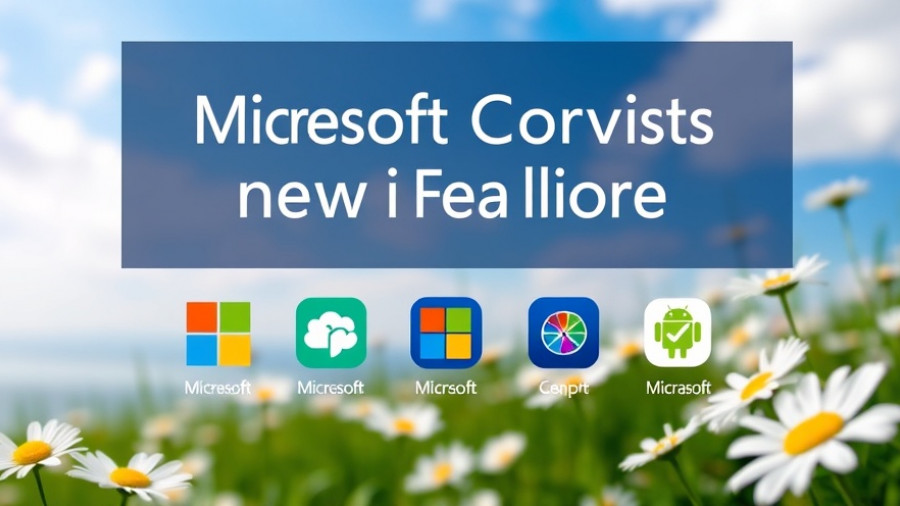
Introducing Group Conversations in Microsoft Copilot
Microsoft is setting a new benchmark in collaborative conversations with its latest feature: Group Conversations in Copilot. Currently under closed testing in the U.S., this innovative feature aims to create an inclusive and accessible platform for users, allowing both account holders and anonymous participants to join ongoing AI-assisted chats through invite links. This is not just about chatting; it’s about creating shared workspaces that enrich productivity and collaboration.
Bridging Gaps in Team Collaboration
As the lines between personal and professional interactions increasingly blur, the need for more collaborative environments has never been more pressing. The ability for multiple users to engage in one conversation seamlessly integrates AI into everyday workflows. This functionality is particularly beneficial for teams, study sessions, and project-based collaborations, allowing for an enhanced level of interaction without the barrier of account creation. Participants can dive into discussions while seeing the full chat history, which ensures that everyone remains aligned on past interactions and decisions.
The Role of AI in Group Dynamics
With the introduction of Group Conversations, Microsoft Copilot embodies the concept of AI serving as a facilitator in human interactions. Every participant can use the AI to draft, summarize, or iterate on content collectively, enhancing creativity across the board. Even though advanced Copilot features may be tethered in these group settings, the potential for generating text and images efficiently showcases Copilot as an invaluable tool that seeks to help groups brainstorm and create together.
Learning from Industry Trends
Microsoft's approach aligns with a broader industry trend where technology companies are leveraging AI for group interactions across various platforms. OpenAI, for instance, is also reportedly developing similar group chat functionalities for its mobile ChatGPT, establishing a competitive landscape for collaborative AI tools. The expansion into shared workspaces is indicative of the industry's shift toward persistent usage of AI in workflows, highlighting the importance of making AI assistants more communal rather than confined to individual use.
The Path Ahead: Challenges and Opportunities
While the potential for Group Conversations is substantial, several challenges remain. Most notably, security and governance concerns are paramount when anonymous guests can join discussions. Enterprises will undoubtedly seek clarity on how their data is protected in these group environments. As Microsoft moves forward with this testing phase, it will need to establish robust features to ensure compliance with industry standards, such as link expiration settings and audit trails for administrative oversight.
Why Microsoft’s Group Conversations Matter
The implementation of Group Conversations in Copilot is about more than just functionality; it represents a fundamental shift in how we perceive collaboration and AI's role within it. This feature signifies Microsoft’s intent to expand the boundaries of teamwork in an increasingly digital work environment. As societal and industry dynamics demand a flexible approach to collaboration, Group Conversations stand to streamline how teams work collectively while keeping the human element at the forefront.
The Future of AI in Collaborative Spaces
As Microsoft continues its closed testing of Group Conversations, the insights gleaned will undoubtedly shape future iterations of this tool. Businesses and teams should stay tuned for updates, considering potential soft launches that invite feedback on usage experiences. Embracing collaborative AI technology like Copilot could enable organizations to unlock new efficiencies and creative problem-solving within team settings.
Finally, organizations that recognize the value of shared AI workspaces will be well-positioned to lead in their respective fields, utilizing tools that facilitate deeper interaction and engagement among team members. The intelligence of AI, blended with the creativity of human interaction, has the potential to redefine workplace dynamics fundamentally.
 Add Row
Add Row  Add
Add 




Write A Comment